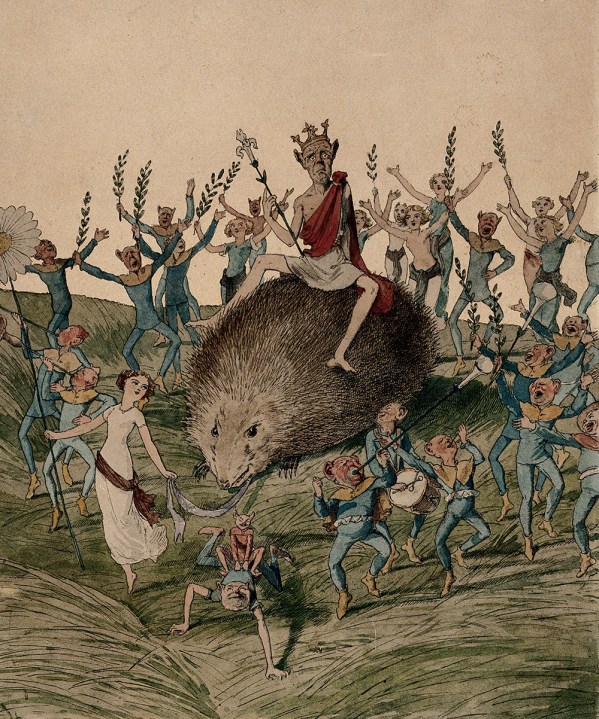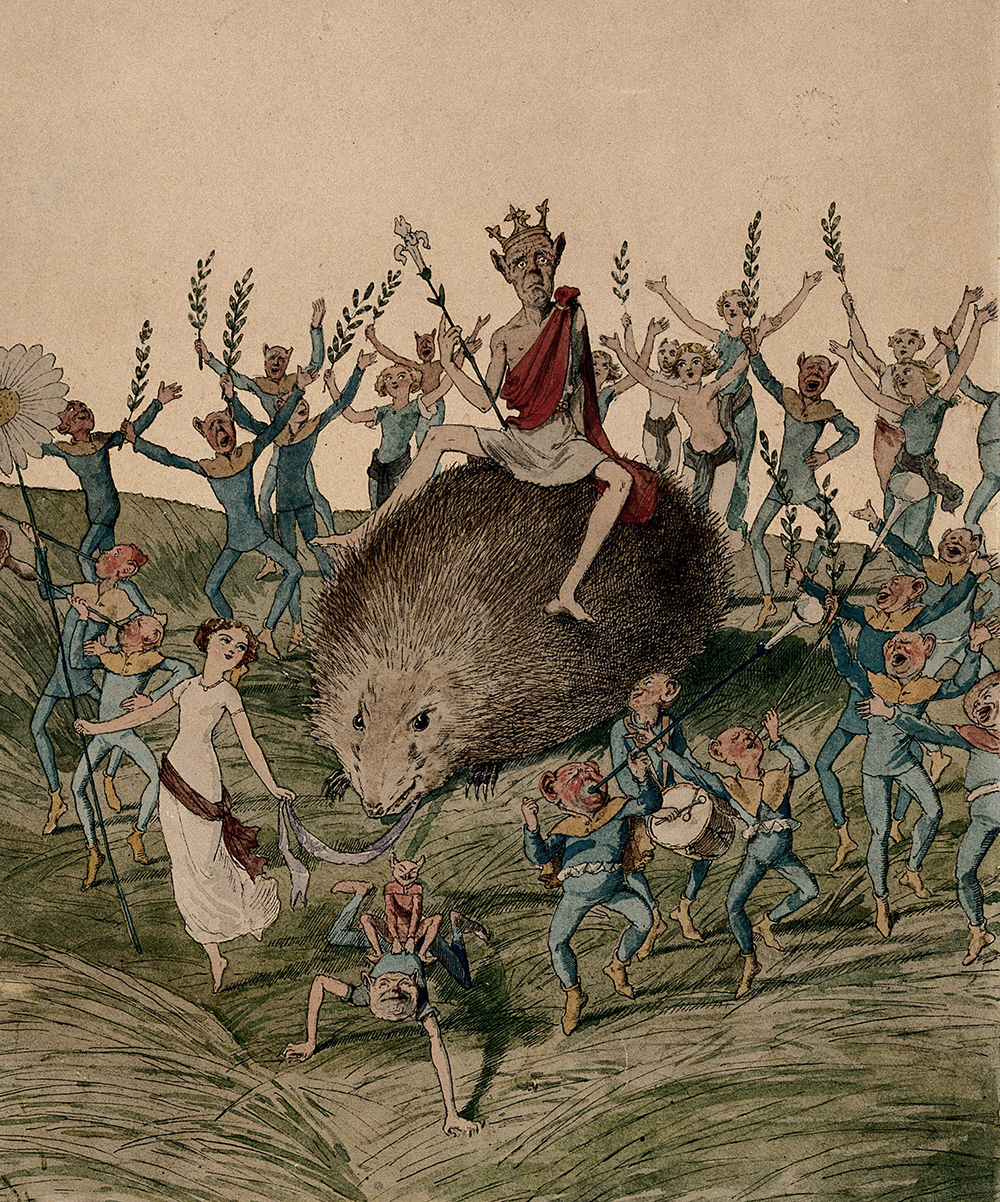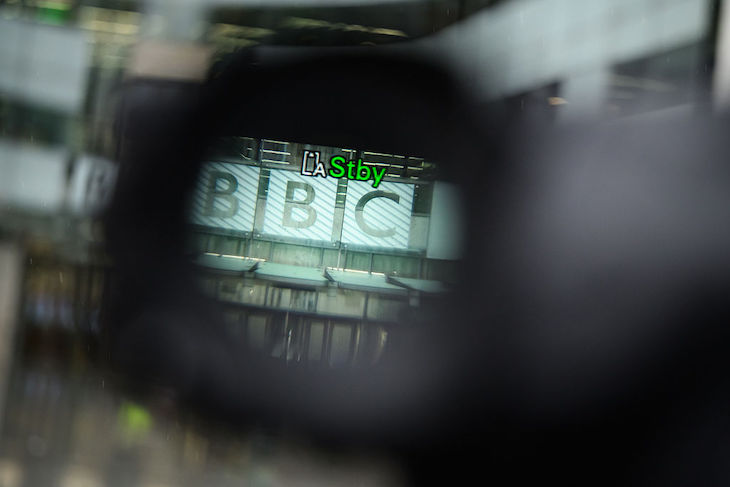
This is a truly wonderful book, erudite and fun. Karen R. Jones, a kind of alternative David Attenborough, explains her purpose: ‘Charismatic and amazing creatures are not only to be found in distant places. They are here. In our everyday spaces.’ Switching effortlessly and with relish between history, science and anecdote, the author selects ten creatures to represent Britain. Hedgehog and fox are polled highest as ‘the nation’s top animal’. Her other choices may surprise: sheep, pigeon, newt, herring, stag beetle, flea, black dog and plesiosaur.
The largest fox ever recorded, reported by the Daily Mail in 2012, was in Moray, Aberdeenshire, weighing 17 kilos. Foxes mate for life. One in seven cubs die in their first month, and their parents bring them playthings. A Bristol study recorded ‘gardening gloves, tennis balls and dog chews’. Excavations at a 16,500-year-old burial site in northern Jordan unearthed the grave of a woman and the bones and skull of ‘what was deemed to be’ her pet fox. The nature writer and farmer John Lewis-Stempel describes the vixen’s call ‘as the eeriest sound of the British night’.
Hedgehogs have been around for the past 15 million years. ‘They witnessed the demise of the woolly mammoths and saw the arrival of humans on these isles.’ They were known as ‘furze-man-pigs’ in Gloucestershire, ‘pochins’ in Somerset, ‘zarts’ in Cornwall and ‘prickleback urchins’ in Sussex. After Beatrix Potter’s The Tale of Mrs Tiggy-Winkle was published in 1905, according to the ecologist and ‘hedgehog man’ Hugh Warwick, this little mammal, hitherto ‘discarded and dismissed’, became extremely popular. Alas, partly due to corporate farming, there are fewer than one million in Britain today. In 1950 there were 30 million.
Jones also introduces us to the first known record of ‘sheep-counting as a device for insomnia’, as referenced by Petrus Alphonsi, a 12th-century Jewish physician and writer, in his Disciplina clericalis – ‘a selection of 33 fables drawn from the Moorish world which he transcribed into Latin’. The tale, involving a ‘restless monarch’ and his storyteller, was translated into Anglo-Norman in the 13th century. Sheep-smuggling was big in Romney Marsh in the late 1600s.
And what of the sea? The first formal mention of the herring (Clupea harengus) in Britain was in AD 709, in the chronicle of the monastery of Evesham, where ‘the fish appears as an item of revenue, later known as “herring silver”’. In Great Yarmouth, herrings were ‘silver darlings’ and Roman soldiers stationed at Gariannonum (Caister-on-Sea) acquired a taste for them.
As for the pigeon, often hated nowadays, it descends from the prehistoric Archae-opteryx, ‘about the size of a raven with a bony tail’. Pigeons, as we know them, have been around for 60 million years. They were used to convey messages by Egyptians, Romans, Persians and Greeks (including the news of the first Olympic games in 776 BC). ‘Their homing ability is utterly remarkable and still not entirely understood.’ In 1874, Scientific American recorded a pigeon’s flight from Paris to Kent which was ‘faster than today’s Eurostar’.
And did you know that flea-mating involves ‘the male flea inseminating the female with a penis two and a half times the length of its body’? I remember the flea circus – fleas pulling tiny carts – in a side tent at Bertram Mills circus in the early 1960s.
There is a final tribute to Mary Anning, the working-class woman born in Lyme Regis in 1799, who was the first person ever to discover an entire plesiosaur skeleton, a precursor of Nessie. ‘Learned men’ muscled in and took the credit. I loved this book.








Comments